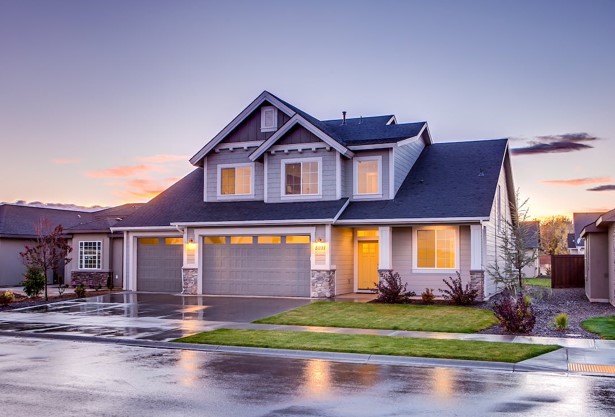The roof is the first line of defense in your home against natural elements. Therefore, consistent inspections can prevent minor issues from escalating into major, costly repairs. This guide will walk you through the crucial aspects of roof inspection, helping you identify signs of deterioration or damage early on, thus ensuring your home remains a safe haven in all weather conditions. When inspecting your roof, keep in mind the following factors and tips.
Visual Inspection
The first step in any roof inspection is to do a visual check from the ground. Stand at a distance and look for any missing, curled or damaged shingles, as well as any sagging or uneven areas on the roof. Use binoculars to get a closer look if needed, but never climb onto your roof unless you are a professional or have the proper safety equipment. The most common signs of roof damage to look for include:
- Missing, cracked or curled shingles
- Moss or algae growth
- Rust or corrosion on metal flashing
- Signs of water damage, such as dark spots or trails
- Sagging or uneven areas
Getting Your Free Estimate With Professional Roofers
While self-inspection can point out apparent issues, there are subtleties that only a professional can identify due to their expertise and specialized tools. Therefore, it's always wise to get a free estimate from professional roofers.
These experts will provide a comprehensive inspection, assessing every element of your roof's condition, from shingles to flashings to ventilation systems. This professional assessment not only pinpoints current damages but can also predict potential future issues, reducing unnecessary costs down the road. Namely, the professionals from Unisource Roofing suggest that a quality roof can influence energy efficiency and determine the overall comfort of a house. Therefore, it is essential to get an expert opinion on how to properly maintain your roof and extend its lifespan.
If You Inspect Your Roof Yourself
If you do decide to inspect your roof yourself, make sure to take all necessary safety precautions. Wear slip-resistant shoes and use a ladder with rubber feet for stability. Also, avoid walking on the roof if possible as it can be dangerous and cause further damage. Instead, use a stable and secure vantage point from the ladder or ground.
For instance, you can use a broomstick or long pole to gently tap on the shingles and check for any soft spots or signs of damage. You can also use a flashlight to inspect the underside of the roof in your attic for any signs of water damage or leaks.
What to Do if You Find Damage
If you come across any signs of damage during your inspection, it's crucial to take immediate action. Even minor issues like missing shingles or small leaks can rapidly escalate into major problems if left unattended. Before starting any repair work, be sure to document the damage by taking pictures for your records and potential insurance claims. Then, based on the extent of the damage, you can either attempt the repairs yourself or seek assistance from a professional. It's important to remember that while DIY fixes may save you money in the short term, improper repairs can lead to costly complications in the future. When in doubt, always consult with a roofing professional to ensure the long-term integrity and longevity of your roof.
In conclusion, regular roof inspections are a critical part of maintaining the efficiency, safety, and longevity of your home. While initial checks can be done by homeowners, it is highly recommended to involve roofing professionals for a more detailed and comprehensive inspection. Remember, taking immediate action at the first sign of damage can prevent minor issues from escalating into major, costly repairs. Ultimately, the goal is to ensure your roof remains in optimal condition, providing a secure barrier against the elements and contributing to the overall comfort and efficiency of your home. It's not an exaggeration to say that your roof, indeed, is your first line of defense.










